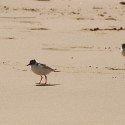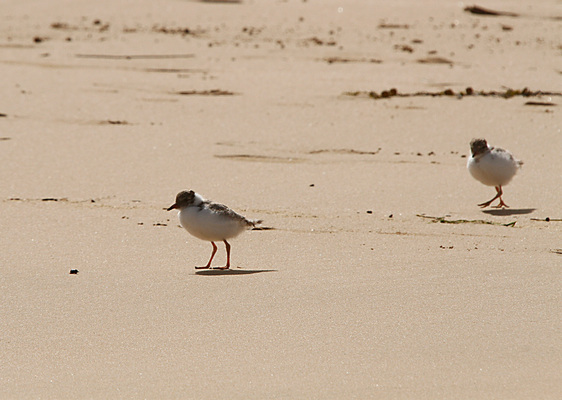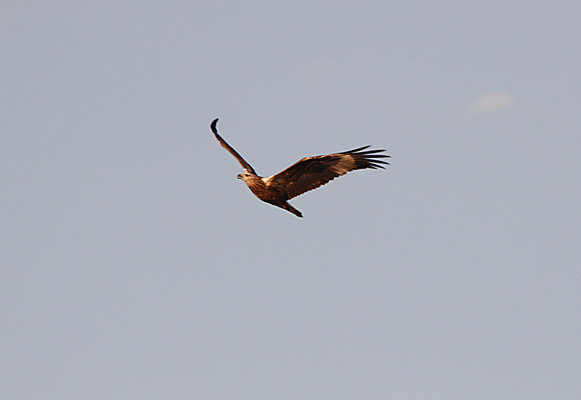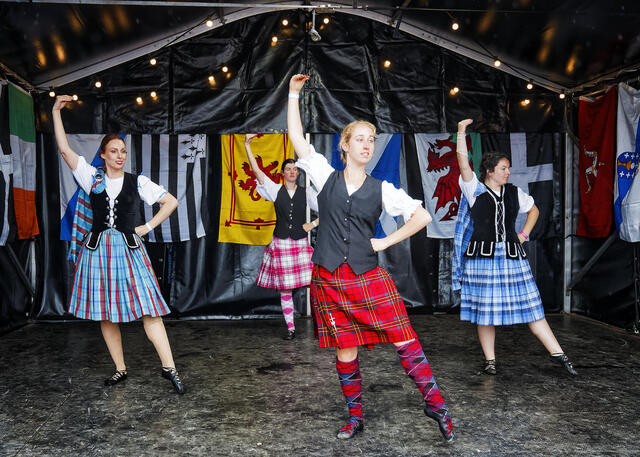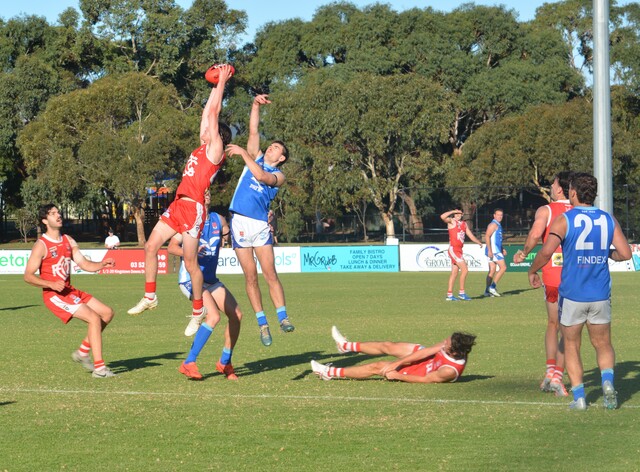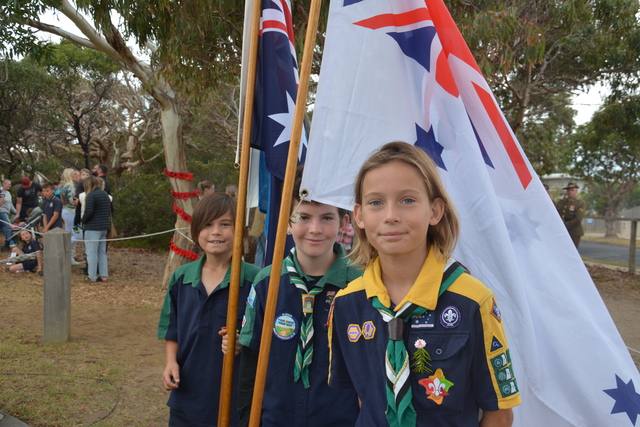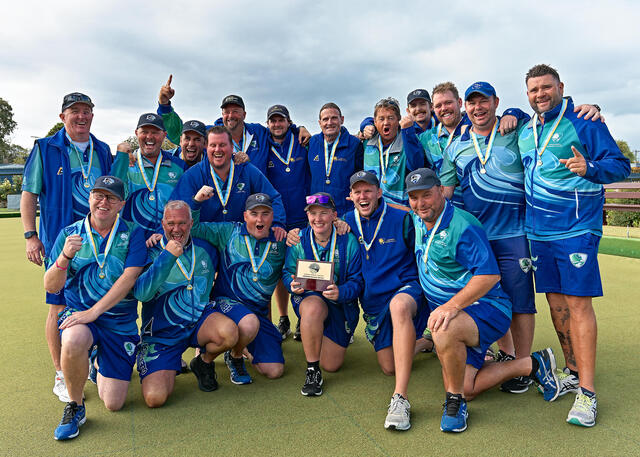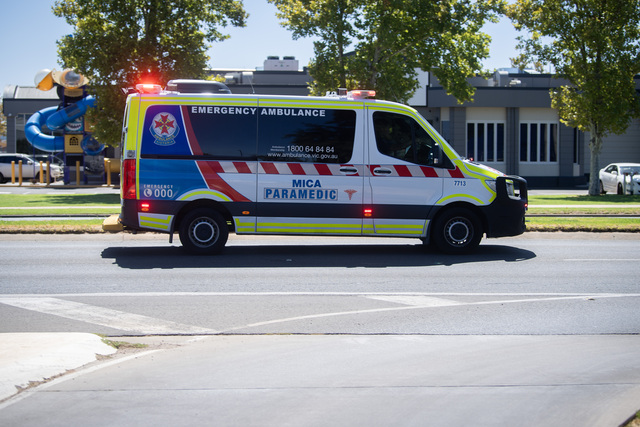By JEN CARR
THERE’S been so much happening over the past few weeks, I can hardly keep up with it all.
At least there has been a little bit of rain in between the glorious autumn weather, but not nearly enough. Despite the dry conditions, the horrible, abysmal and cruel duck shooting season has been allowed to proceed. Disgraceful. Enough said.
My highlight of the fortnight has been spotting a common sandpiper at Point Impossible. I read on the Geelong Field Naturalists Facebook page that Geoff Gates had seen the common sandpiper on 6 March, and he took a really lovely photo of the bird. I went to Point Impossible five days in a row before and after work in a vain attempt to take a decent image of the beautiful bird, and failed dismally. The common sandpiper is a small sandpiper with a long body and short, yellowish legs. It is grey-brown above and white below, and has a white eyebrow (AKA a supercilium), and a white eye-ring. The bill is dark grey with yellow at the base. The common sandpiper breeds in Europe and Asia. In Australasia, it visits New Guinea and Australia, mainly in the north and west, so it is not commonly seen in Southern Australia.
While looking for the common sandpiper, I noticed a small female robin on the Point Impossible dirt road. I took a photo and when I arrived home and looked at the photo I realised that the bird was a female flame robin. In winter, flame robins may move from mountainous forests and woodlands to lower and more open areas, including gardens. Some Tasmanian birds move to the mainland. I thought to myself that it was very early to see a flame robin around these parts. A few days later, on 20 March, I saw on the Friends of the Ocean Grove Nature Reserve Facebook page that John Sharp spotted some female flame robins at the OGNR. Bernadette Lingham, who, along with her husband Barry has observed and kept records of bird sightings around these parts, reported that the earliest ever sighting of flame robins at the OGNR was in 2001 when flame robins were sighted on 21 March. So John Sharp has broken a long standing record with his flame robin observation. I wonder why the birds are moving early, it could be the dry conditions or maybe they can sense a very cold spell looming. Who knows.
Another bird that has started arriving from Tasmania is the grey fantail. At this time of year, the Tassy grey fantails fly across the Bass Strait. They differ from mainland grey fantails in that they are very dark (almost black) on the upper parts, with a strongly marked chest band and blackish tail. Often, the breast is very yellow/orange. The greyer fantails head north as the Tassy fantails come over for the winter. Andrea Dennett was on the beach minding the hooded plovers when she witnessed a tiny Tasmanian grey fantail flying in.
Yet another bird that migrates from Tasmania at this time of year is the endangered swift parrot. Chris and Pete who live in Woodlands had four swift parrots visit their garden pond during the week. Swift parrots have a regular annual migration pattern. All birds remain in Tasmania for breeding from September to March. Then in April, most move to the mainland for the winter, to Victoria and New South Wales, in search of flowering trees, to feed on nectar, seeds and flowers.
The two hooded plover chicks that are being reared by their parent birds on Collendina Beach at 6W (with the help of many dedicated human volunteer friends) are doing very well. They should fledge (or be able to fly) on or around 31 March (fingers crossed). Once hooded plover chicks hatch, they take 35 days to fledge, and this is the time that they are most vulnerable to being taken by predators. Only one hooded plover chick has survived on the Bellarine during this summer nesting season, but with a bit of luck this number will triple next week. Most dog walkers have been very respectful and caring about the hooded plovers, which has been great to see.
I was very excited to witness a young white-bellied sea- eagle (WBSE) fly over the Barwon River Estuary last week. The white-bellied sea-eagle is the second largest raptor found in Australia. The largest is the wedge-tailed eagle, which stands up to 1m tall. At first, I thought that the huge bird I observed was a wedge-tailed eagle, but after studying my photo, I decided that it was in fact a sea-eagle. Young sea-eagles may be confused with wedge-tailed eagles, but they differ in having a paler head and tail, and more steeply upswept wings when soaring. I didn’t get a great look at the tail, but the bird did have the look of a WBSE, as I’ve seen plenty of these birds in Southern NSW over the years. It was great to see one in my own neck of the woods.
I did receive an email from Coral and Rodger who live in Ocean Grove. They have not seen the budgie that was hanging around in a sparrow flock for a few weeks, but they haven’t seen the sparrows either, so maybe they have all moved on.
In a bit of a win for the local environment, the Moremac Property Group has announced an alliance with the Bellarine Catchment Network for the management of Native Vegetation at the residential property development, The Point in Point Lonsdale. The area currently includes excellent examples of Coastal Moonah Woodland, Coastal Alkaline Scrub and Coastal Saltmarsh. The aim is to provide for the preservation and regeneration of about 56 hectares of native vegetation in what is to become a future conservation area that will be handed over to the City of Greater Geelong for management as public land. In the meantime, the land will be managed and vegetation regenerated to restore its environmental qualities. Terrific!
I hope everyone had a happy Easter and enjoyed their chocolate bilbies.

